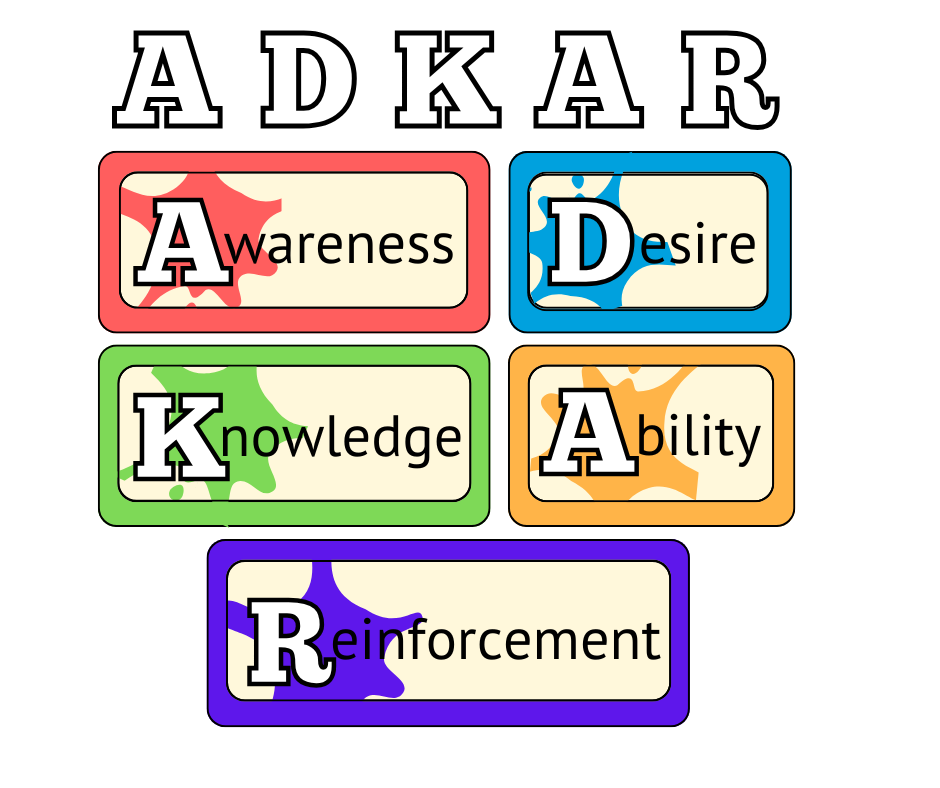Planning and Implementing
The Change Process
HyFlex learning and teaching means that all students have an equivalent learning experience, whether they are online, on campus, or a combination of both (as per student choice). This may be a considerable change within your institution that requires careful management and implementation. You may have already started to consider this in your implementation plan overview, so now let’s look at aspects of the change process in more detail for possible strategies. Remember that the change process will be unique to your context; however, there are established models and strategies to support what you want to achieve.
Consolidation-Innovation Cycle
The future doesn’t just happen—it requires careful strategising for success. An organisation’s innovation, development and growth often follows the “Consolidation-Innovation Cycle” (Lindsay, 2016). Consolidation of a shared vision and organisation-wide strategies work to enable vision for innovation and renewal. This relates to leadership strategies within an institution.

Learn, Plan, Do
When aspiring to institutional digital transformation and, more specifically, HyFlex learning and teaching, the simple mantra “learn, plan, do” provides an organised structure.
Learn, Plan, Do is shared here as a simplified version of the 5-step Design Thinking Process as a strategy for you to organise change.
Learn (about consolidation):
- Define and share what it is you are trying to achieve e.g., HyFlex learning as an embedded learning and teaching approach
- Identify what is already happening at your institution e.g., who is already partly or fully HyFlex? What technologies and processes support this already?
- Identify potential barriers to further planning and implementation (barriers to change)
Plan (for innovation and change):
- Assess your institution’s capabilities and aspirations
- Set goals and develop a roadmap for implementation
- Communicate the need for change and foster positive excitement and a shared vision
Do (apply innovation that leads to consolidation):
- Implement plans according to the roadmap and timeline in collaboration with stakeholders
- Evaluate the success and impact
- Realign and continue the ‘Learn, Plan, Do’ cycle when and as needed
ADKAR model for change
Another model for change that might be useful in your institution is the Prosci ADKAR model (Hiatt, 2006). This model provides a systematic approach to change at an individual level.
Remember: individuals want the new picture painted and then support strategies to be painted into the picture.
Once a change is identified, the ADKAR model provides a framework and sequence for managing people and change.

When implementing HyFlex learning, the ADKAR model would be useful for mapping out the stakeholders in relation to communication strategies focused on affecting change. As we have already discussed, HyFlex adoption involves educational technologies that are often comforting for teachers and learners to understand and use. ADKAR provides a pathway for communicating what may happen, the impact, and how knowledge will be identified, measured and collectively built. It also provides for two-way communication and subsequent strategising around stakeholder ability to make the change and how this will be reinforced. If applied appropriately, it opens the doorway to 2-way conversations about the change.
References
Hiatt, J. (2006). ADKAR: a model for change in business, government, and our community. Prosci Learning Center Publications.
Lindsay, J. (2016). The global educator: Leveraging technology for collaborative learning & teaching. International Society for Technology in Education.
Media Attributions
- Consolidation and Innovation Cycle © Lindsay, J. is licensed under a CC BY-NC (Attribution NonCommercial) license
- The ADKAR Framework for HyFlex Learning © Hiatt, J adapted by Adapted by Lisa Jacka to provide a visual reinforcement of the principles.

